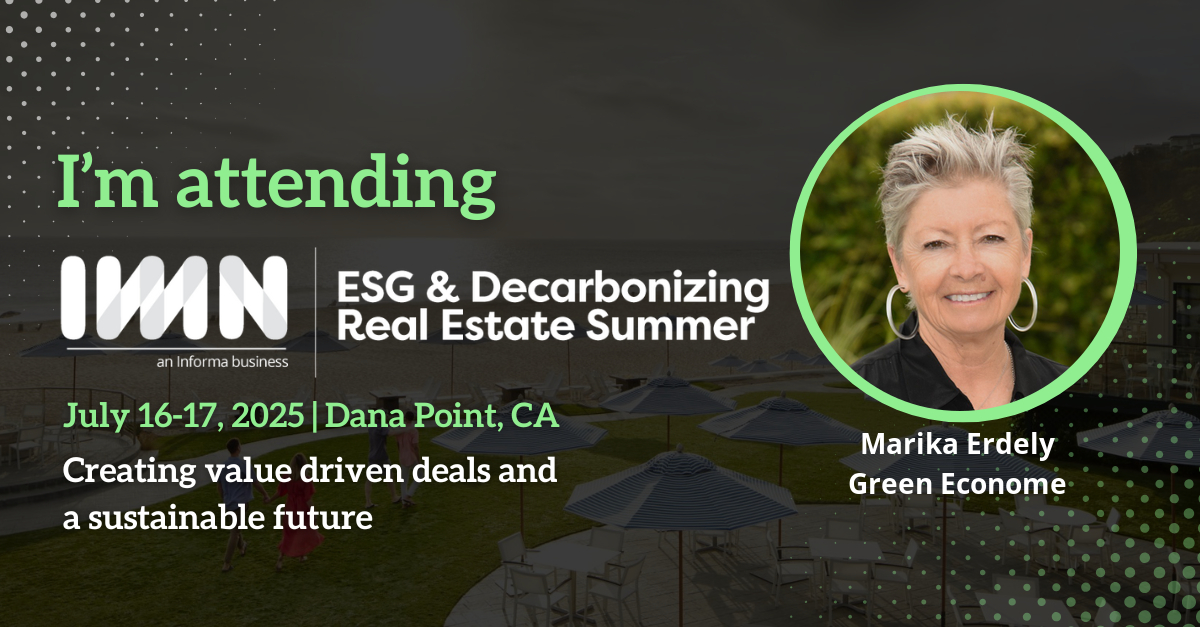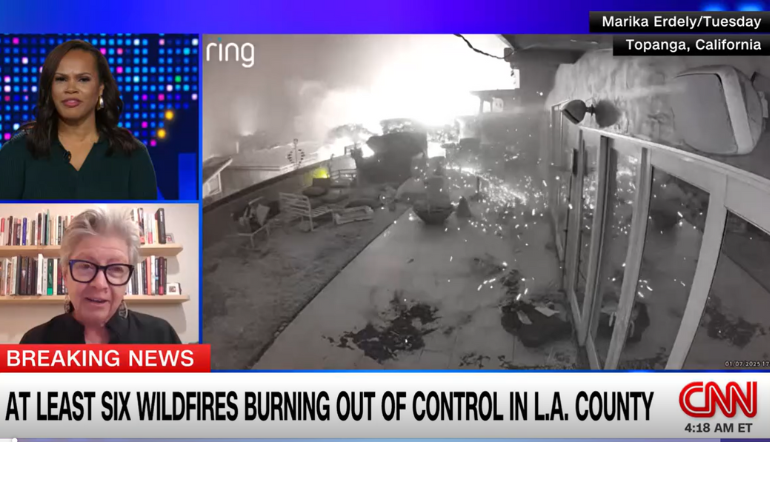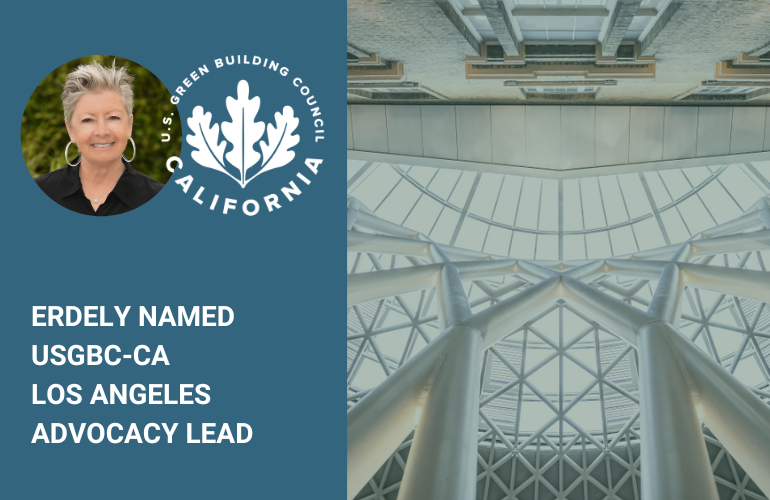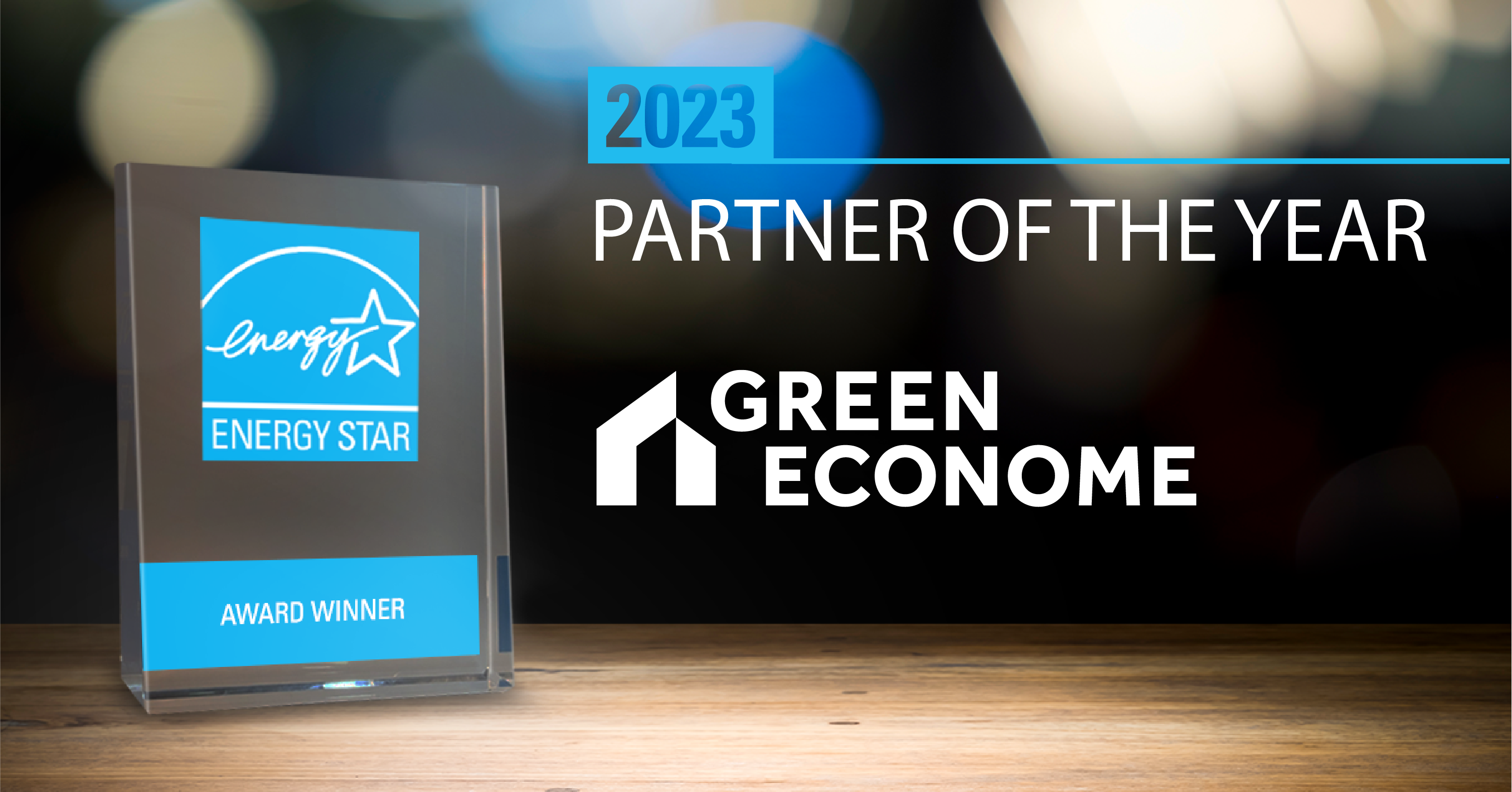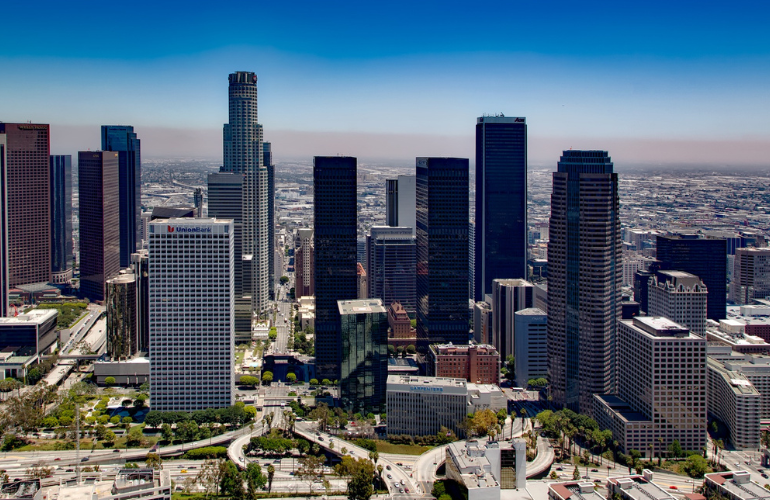What does the Reissued A/RCx Notice mean and why is it wonderful?
Recently, the Los Angeles Department of Building and Safety (LADBS) released a notice that they will allow building owners with the reissued A/RCx due date of September 7, 2023, to meet exemption with 2023 ENERGY STAR Certification, which previously they had not. This comes after Green Econome had advocated for the move on behalf of our EBEWE clients whose buildings are eligible for certification but leveraged the tolled deadlines afforded under the COVID emergency order. We feel it is fair for high-performing buildings to be exempt from the A/RCx report, and beneficial to the EBEWE program and the city at large to increase the number of ENERGY STAR Certified buildings throughout Los Angeles.
In plain English, there are many building owners that have not complied with EBEWE Phase II. Their understanding was that the entire program was ‘tolled’ or suspended while the COVID-19 Emergency Order was in place.
One of Mayor Bass’ initial efforts was to release this Emergency Order which also released the tolling of EBEWE Phase II deadlines.
Notices were recently sent out to buildings ending with Building IDs of 0, 1, 2, or 3 that the tolling was lifted and they were required to meet the compliance requirements. However, this lifting did not allow buildings to be ENERGY STAR certified as the window had passed if you didn’t conduct this certification the year it was required.
As you may know, we are big advocates of the available energy and water exemptions and ENERGY STAR Certification is Energy Exemption #1. Buildings must be eligible for this certification identified in the ENERGY STAR Portfolio Manager® software with an ENERGY STAR score of 75 and above. The ENERGY STAR scoring is from 1- 100 with 100 being the most energy efficient.
Along with this score, the property must have three tests conducted and verified by a licensed PE or Architect. The tests measure indoor air ventilation (quality), thermal comfort, and illumination (lighting). These test scores are then sent in an application to the EPA, which reviews the documentation and either approves or disapproves the samplings.
Why should you have your building ENERGY STAR Certified? Well besides having a nice blue decal on the entrance to your property advertising what a great building you own and operate, it has been proven by BOMA, CoStar, and others that ENERGY STAR Certified properties have higher sales prices and lease rates and lower vacancy rates.
So for those of you who want to invest in your properties, this is a wise investment! Contact us at (424) 422-9696 for information and a free quote for this certification. Please do not delay, especially if you are complying with the 9/1/23 deadline. Certification can take 2-3 months to complete.

